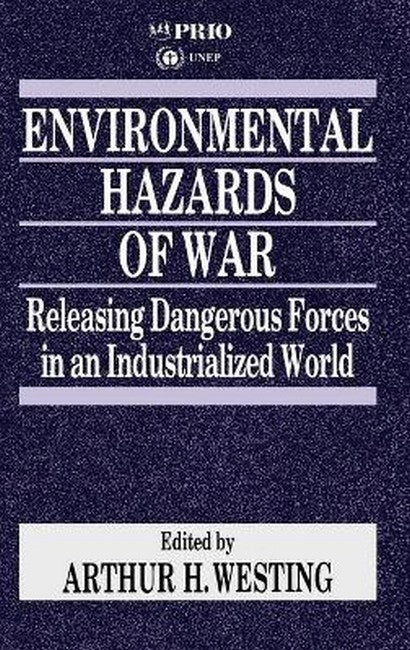Even if a future major war were not to involve the use of nuclear or chemical weapons, it could still be environmentally devastating. This book presents the facts on how the conventional weapons present today in the arsenals of the major nations could lead to environmental destruction over huge areas for long periods of time. It explores the environmental hazards of conventional war in an industrialized world. High levels of development and industrialization make widespread devastation increasingly likely as the result of war damage to civilian facilities such as nuclear power plants, chemical plants, and dams. The devastation is not from the weapons alone but from the release - whether intentional or inadvertent - of radioactive or toxic chemicals or impounded waters. Drawing on a wide range of expert contributors from countries East, West and neutral, the book concludes with an examination of the legal, political, and related cultural approaches to mitigate the dangers. Of value to all those working in international relations or law, national and international security, and environmental protection or conservation, it should also be read by those decision-makers involved in the planning and regulating of nuclear, chemical, and hydrological facilities.

